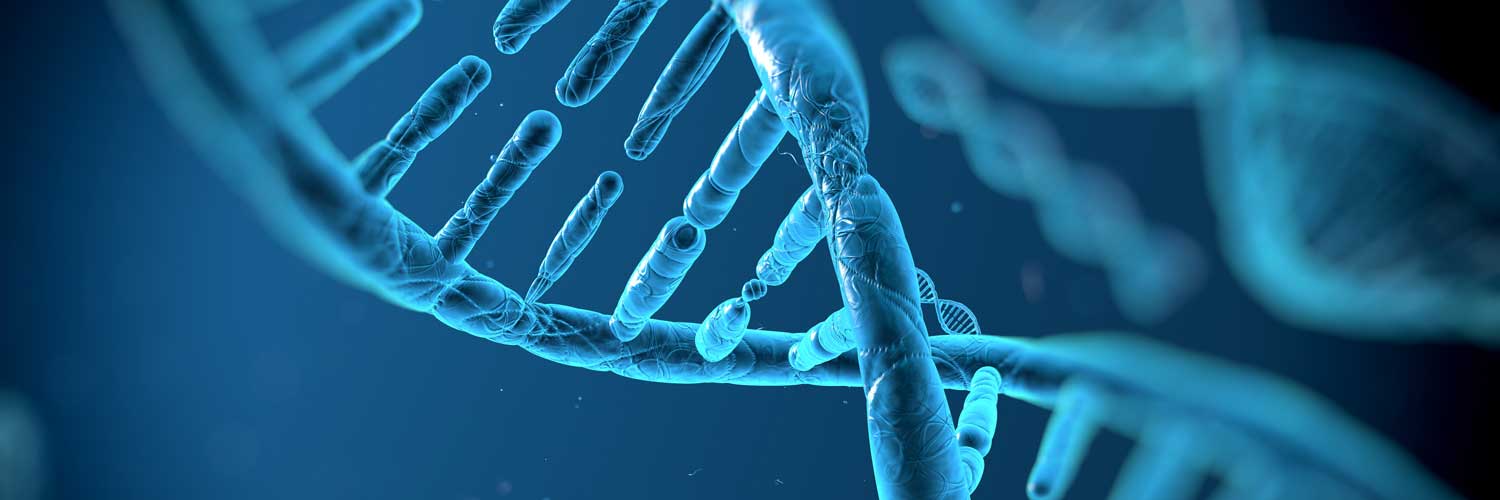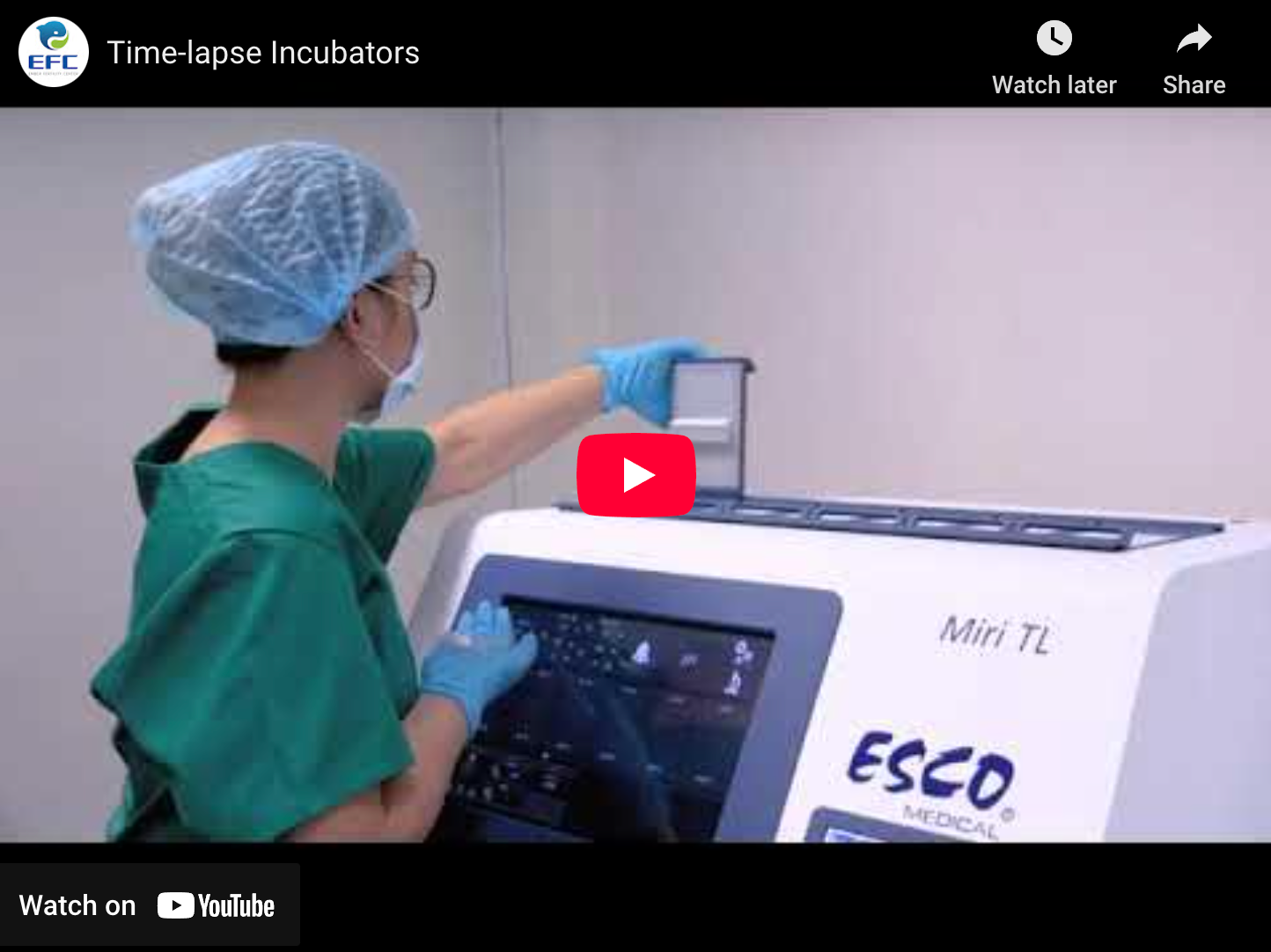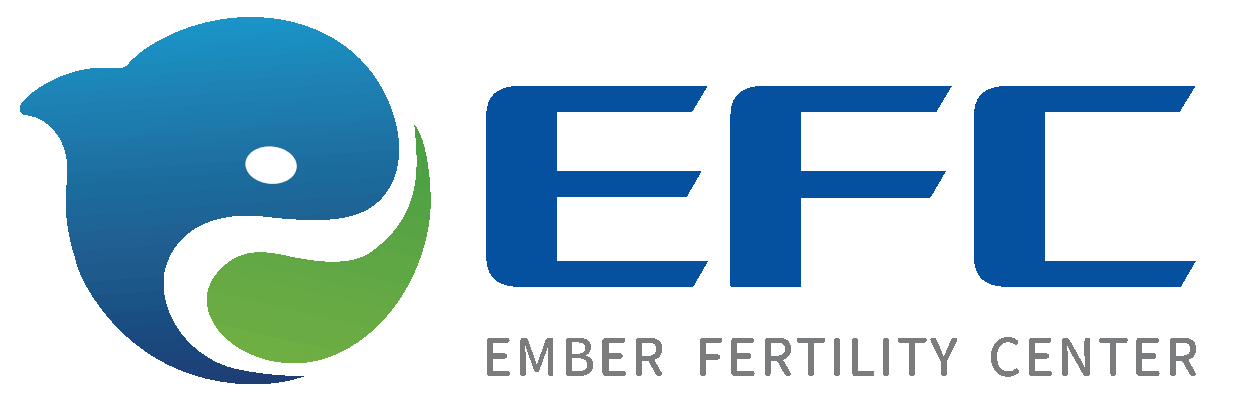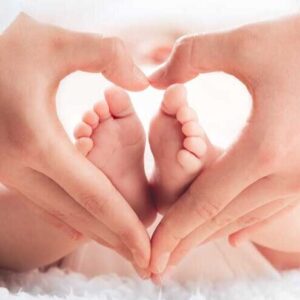Key points of IVF
- In vitro fertilization (IVF) is the process of combining a woman’s eggs and a man’s sperm in a laboratory to produce an embryo, which is then implanted in the woman’s womb (uterus) for pregnancy.
- This procedure is for infertility patients who are not good candidates for, or have not been successful with, ovulation induction, intrauterine insemination or other less invasive fertility treatments.
- IVF is often successful because the process controls fertilization in a laboratory environment that ensures contact of eggs and sperm, which does not always happen naturally, as well as controlling the placement of a resulting embryo in the womb.
- In vitro fertilization is appropriate for couples or individuals with ovulation problems, anatomical issues such as blocked fallopian tubes, an unexplained infertility diagnosis and poor sperm quality.
- It is also a necessary reproductive service for many LGBTQ+ couples and individuals using an egg donor, sperm donor or a gestational carrier surrogate.

At Ember, everyone is a VIP – very important patient
And we have a thing for the small things: Each Ember patient gets a dedicated fertility coordinator, a patient’s personal care guide through every clinic detail, from the very first phone call to meeting your little miracle. Schedule your appointment today using our online self-scheduling tool.
What is IVF?
In vitro fertilization (IVF) is a type of assisted reproductive technology (ART) in which a male’s sperm and female’s eggs are fertilized in a laboratory in hopes of producing an embryo that is then implanted in the woman’s womb for pregnancy. IVF is the most successful infertility treatment and a complex procedure that involves several steps and a good deal of time, usually about four to six weeks.
IVF success rates continue to get better with advances in all aspects of the process. The Centers for Disease Control and Prevention indicates that the use of such ART procedures as IVF has more than doubled in the last decade.
Following are the steps involved in IVF.
Ovulation stimulation
Generally, only one egg is ovulated during a natural menstrual cycle. Having more eggs improves the chance of developing a successful embryo. So, we use controlled superovulation stimulation to help the patient produce multiple healthy eggs that can provide multiple embryos to select the healthiest for implantation, preferring to implant only one. Others can be frozen for another child in the future. We adjust the dosage of the medications that stimulate superovulation according to the patient’s response.
Egg retrieval
Transvaginal ultrasound is used to monitor the follicle’s size to evaluate the ovarian stimulation effect and determine when to retrieve eggs. Blood test samples are taken to check the hormone level, such as estrogen and luteinizing hormone (LH). The most commonly used egg retrieval method includes the following steps:
- Treat the patient with anesthesia, which is an intravenous sedation medication, to ensure there’s no pain or discomfort during the egg retrieval process.
- Insert a thin tube into the ovary through the vagina that is guided by ultrasound and collect the fluid from the follicle by suction.
- Immediately put the follicle fluid in a culture dish containing embryo culture media; the embryologist will check if there are eggs in the follicle fluid.
- Place the eggs in an incubator under the condition of 37°C for a few hours, then the embryologist will select the mature eggs (MII, or second phase of meiosis) to fertilize.
In vitro fertilization
The partner’s semen is collected the same day as the egg retrieval via masturbation, or the lab will thaw the sperm that was previously collected and cryopreserved. The sperm from the semen is washed and placed in a special culture dish (in vitro means “in glass” in Latin, and lab petri dishes used to be made of glass). We place the retrieved eggs in the same culture dish with the sperm for fertilization. For certain cases, the egg may be inseminated directly using intracytoplasmic sperm injection (ICSI).
Embryo development
The lab team will culture the embryo to the fifth day, sometimes sixth or seventh days, when there are hundreds of cells in the embryo, which is in the blastocyst stage at this point. At this time, the quality, shape and structure of the embryo are more superior and stable, and it is easier to transfer to the uterus for a successful pregnancy.
Fresh & frozen IVF cycles
The entire IVF process is referred to as a cycle, as it corresponds with the woman’s ovulation cycle. When the woman’s eggs are retrieved and then implanted in her uterus during her same natural cycle, it is called a fresh IVF cycle. After the egg retrieval process when the embryo has properly developed, transfer in a fresh cycle takes place.
A frozen IVF cycle is completed utilizing eggs that were frozen and stored, or cryopreserved. Once the eggs are retrieved, they are frozen to be used for IVF treatment at a later time. When it’s time for the IVF cycle, the eggs are thawed and then fertilized with sperm in the lab to create embryos, as described above. Fertility specialists will often recommend a frozen IVF cycle be performed during the woman’s next cycle to better prepare her uterus for implantation and pregnancy, even though the couple may be ready to try conceiving as soon as possible.
Our approach to treatment
Our doctors discuss the most appropriate course of treatment with each patient. We work with families to make decisions based on supporting mother nature to help them in having a child. If less expensive and less invasive treatment options are available, such as controlled ovarian hyperstimulation or intrauterine insemination, our doctors will recommend those options first.
Although IVF offers the highest success rates compared with other fertility treatments, our doctors don’t recommend this procedure for every couple or individual.

Our IVF & Fertility Lab
Ember’s lab is certified by the Joint Commission (with zero findings, which is rare) and certified by the federal government’s Clinical Laboratory Improvement Amendments (CLIA). Ember’s commitment to excellence is reflected in our investment in advanced laboratory technology. We have designed our lab with advanced equipment and implement cutting-edge techniques. One such piece of equipment is our time-lapse embryo incubator, where embryos are cultured in an incubator and monitored with an advanced camera system. Our time-lapse embryo incubator enables continuous observation without disturbing the embryos’ environment.
A video about our advanced IVF embryo incubator

What conditions can IVF treat?
IVF is the preferred treatment for women with fallopian tube irregularities as well as for couples with a male partner who has poor sperm quality. It is the second-line treatment for male- and female-related infertility problems not improved by other treatments.
IVF allows for the options of female egg donation, male sperm donation and use of a gestational carrier due to the laboratory-based component. These options can enable couples and individuals with poor quality or unavailable sperm or eggs, as well as women with uterine conditions hampering conception, to become pregnant.
IVF is used to treat the following conditions, often after other effort have been unsuccessful.
Age-related infertility
Age-related infertility is caused by the reduced quantity and quality of a woman’s eggs as she ages. IVF enables a reproductive endocrinologist to stimulate more eggs for fertilization and also allows patients to utilize donor eggs to create embryos.
Anovulation
Anovulation is a condition in which a woman does not ovulate an egg during the menstrual cycle. IVF stimulates ovulation to produce multiple eggs for fertilization.
Damaged or blocked fallopian tubes
Damaged or blocked fallopian tubes, which is where fertilization occurs, may make it difficult or impossible for the sperm to reach the egg for fertilization and for the resulting embryo to reach the uterus for pregnancy. By collecting eggs and fertilizing them in the lab, IVF bypasses the fallopian tubes.
Endometriosis
Endometriosis occurs when tissue lining the inside of the uterus spreads to the outside, making pregnancy challenging. IVF has a higher pregnancy success rate than normal conception for women with endometriosis, because the condition can block the fallopian tubes and cause severe scar tissue inhibiting embryo implantation.
Diminished ovarian reserve
A low ovarian reserve is when a woman has a low number of eggs in her ovaries or eggs of poor quality. The ovulation stimulation element of IVF results in multiple eggs, enabling the reproductive endocrinologist to select the healthiest ones for fertilization. Donor eggs can also be used in IVF.
Male factor infertility
Various issues with sperm health or the ability to produce sperm and deliver it to the vagina are typically the cause of male factor infertility. IVF can make sure sperm contacts the egg for fertilization. In addition, intracytoplasmic sperm (ICSI) is an optional step in IVF that injects a sperm into the egg’s cytoplasm where fertilization occurs.

IVF success factors
Although IVF is a successful fertility treatment for many couples and individuals experiencing infertility, it is not a cure-all for infertility and may not be right for every patient. There are many factors that affect IVF success including:
- The woman’s age.
- The cause of infertility.
- Quality and quantity of a woman’s eggs (ovarian reserve).
- Quality and quantity of a man’s sperm.
- The health and viability of embryos created via IVF, most often due to genetic abnormalities.
- Past reproductive health issues and structural abnormalities.
- Lifestyle factors such as smoking and obesity that affect fertility.
IVF risks
IVF is a complex procedure and involves several components, each of which can have some risks that are associated with many medical procedures. These include damage to tissue or organs, infection, pain, bleeding, and reactions to stimulation medications or to anesthesia. Ember providers thoroughly discuss such issues with the patient before any procedure. Other risks include the following.
Ovarian hyperstimulation syndrome (OHSS) from medications. It’s common for moderate OHSS involving swelling and pain to occur. Extreme OHSS can include symptoms of vomiting, nausea, bloating and poor appetite. More severe symptoms would involve extensive abdominal pain, decreased urination frequency, shortness of breath or a 10-pound weight gain over 3-5 days. With severe cases of ovarian hyperstimulation syndrome, the IVF cycle may need to be delayed or cancelled to allow the woman to recover.
Egg retrieval may result in patients experiencing abdominal bloating and edema that can require them to rest in bed for 6 hours and avoid strenuous exercise for 24 hours.
Multiple pregnancy. If more than one embryo is implanted, a multiple pregnancy, which is twins or more, may occur. This can involve pregnancy and labor complications, premature delivery, and ongoing medical and developmental problems for the children.
Psychological stress. IVF treatment can bring on stress and emotional problems as it involves physical and financial commitments of individuals and couples. This can even extend to their family members and friends. Counselors can be very helpful to IVF patients by helping them manage stress, which may also involve massage, acupuncture, yoga or meditation.
What are the benefits of treatment?
IVF has helped thousands of couples achieve pregnancy and a healthy child. IVF can work around a cause of infertility in both men and women. Additionally, it is an option for LGBTQ+ couples and individuals and single patients seeking children. In vitro fertilization may also be used after other fertility treatments have been unsuccessful.




